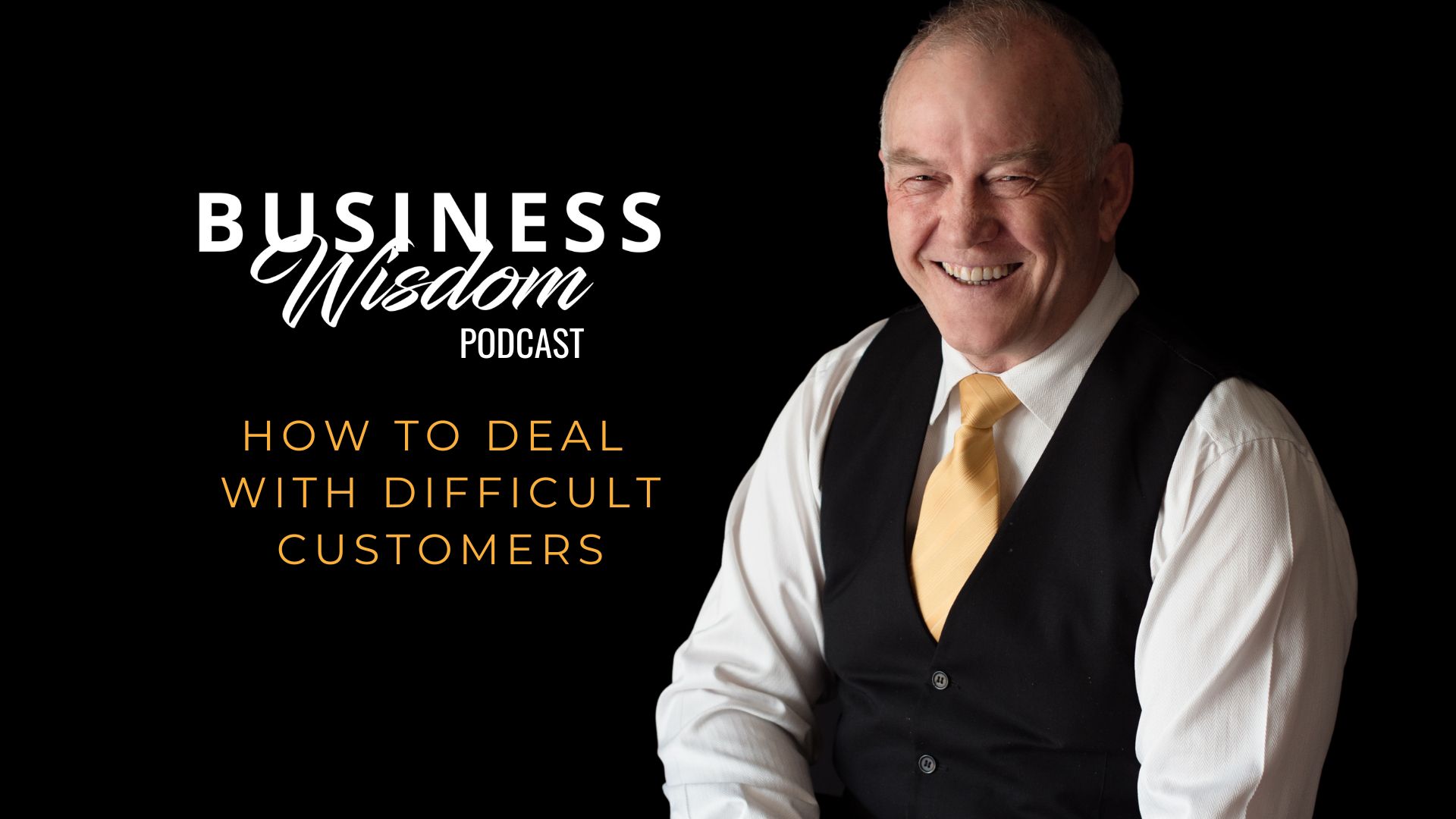We’ve all encountered them—the angry caller, the rude email, the customer who seems determined to ruin your day. Even the most seasoned customer service pro can struggle to deal with difficult customers.
So how exactly can you turn a tough customer interaction around? In this episode we look at how to handle difficult customers, including:
- Maintaining a professional demeanour and how to de-escalate a negative customer service situation
- The art of active listening, the importance of empathy and how they both defuse difficult customer conversations
- How to negotiate win-win outcomes that turn a negative situation back into a positive customer service outcome
Calm and Professional
As upset as a customer is, often it’s not personal but rather indicates their frustration that a business product or service didn’t result in the outcome they’d hoped for.
That’s why it’s important to stay calm and resist the urge to get swept up in the emotional intensity of the moment.
Take a deep breath, center yourself, and project a calm, professional demeanor. This is the perfect opportunity to practice your de-escalation techniques.
Let the Customer Speak
Allow the customer to vent. They have likely been rehearsing what they want to say, and now they need to express it.
Listen actively—not just waiting for your turn to speak. Make sure they feel heard. Once they’ve finished, invite them to elaborate if necessary, which helps them reach a place where they’ll be more open to a conversation and receptive to your solutions.
Acknowledge and Empathise
Acknowledge their frustration and briefly paraphrase their concerns to show you’re listening and to affirm that you’re on the same page.
Use empathy by putting yourself in their shoes. What would make you feel better in their situation? Often a sincere apology, even if you’re not directly to blame, can go a long way in resolving the issue.
Identify and Action the Problem
Once the customer has calmed down, it’s time to identify the root of the problem. Consider your position and the customer’s expectations.
Determine what action you can take to resolve the issue and avoid making promises you can’t keep. Instead, offer clear options and explain the next steps.
Present the Solution
After deciding on the preferred option, present it to the customer and seek their acceptance.
Do not introduce multiple options initially, as this can create confusion and lead to further arguments. If the initial solution is not accepted, then you can offer alternatives.
Dealing with difficult customers is largely inevitable, but the right approach can de-escalate the situation and find solutions that leave everyone feeling satisfied. Customer service is about building relationships that start long before the individual becomes a customer.
Highlights
- 00:42 Understanding Difficult Customers
- 01:09 Staying Calm and Professional
- 01:37 Active Listening Techniques
- 02:46 Empathy and Problem Identification
- 03:11 Offering Solutions and Next Steps
- 03:53 Maintaining a Positive Attitude
Resources Mentioned in the Podcast
Talk Strategy with Clive
With more than 30 years’ experience in mentoring small to medium-sized businesses around Australia. Clive works with company owners and their teams to grow their business and achieve goals through strategic coaching.









